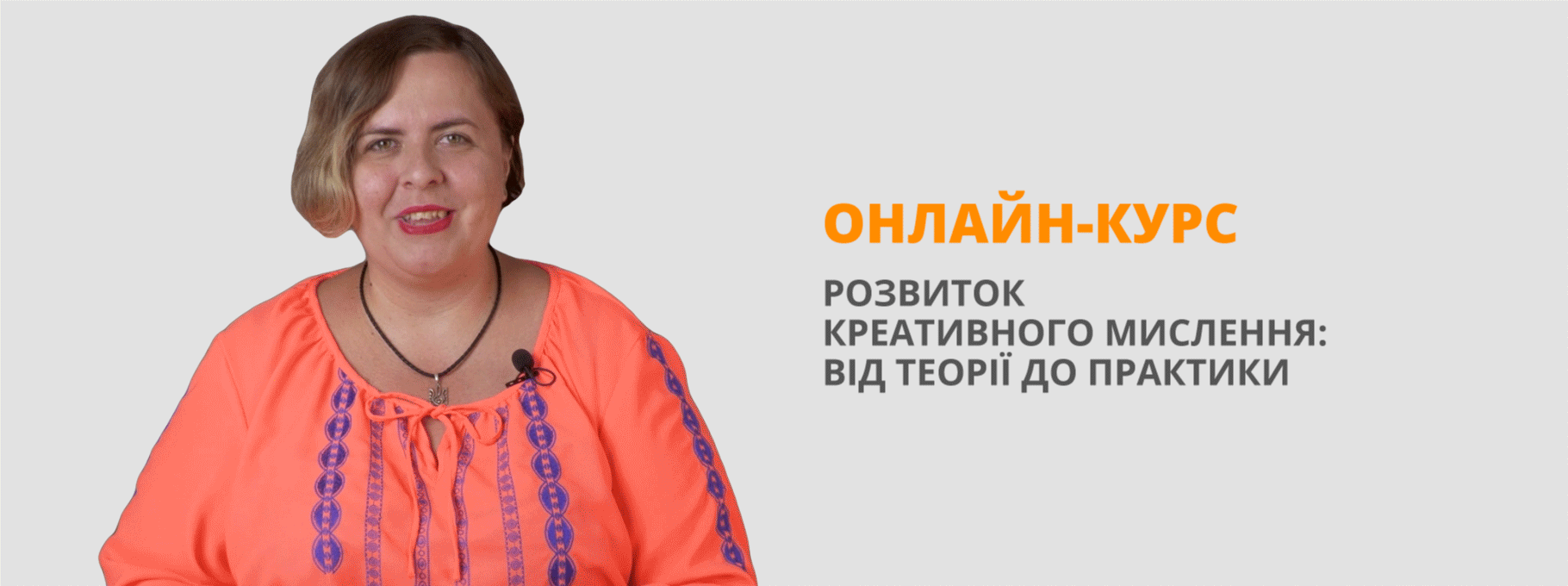Стаття "Using Authentic Materials in Teaching Writing"
Using Authentic Materials in Teaching Writing
Writing competence in a foreign language tends to be one of the most difficult skills to master at school. The writing skills are complex to teach as they require mastery not only of grammatical devices but also conceptual and judgmental elements. They are grouped into five general components:
- language usage;
- mechanical skills;
- treatment of content;
- stylistic skills;
- judgment skills.
A piece of writing may take the form of a narrative, description, survey, record, report, discussion, or argument. Students are supposed to acquire the writing skills which are necessary to demonstrate their ability to organize language material, using their own words and ideas, and to communicate. They should be able to use ideas, organization, word choice, sentence fluency, voice conventions, and presentations in their writing pieces as well as to choose a certain way to write for specific audience or purpose (entertain, inform, or explain). The ability to write for a particular audience or purpose using the most appropriate kind of language is essential in teaching writing.
Students need to be personally involved in order to make the learning experience of lasting value. Teachers should be clear on defining the content area and writing skills to develop in class as well as choosing efficient strategies and tools to establish literacy routines for writing workshops and to facilitate learning. Once the content, skills, and tools of implementation are defined, teachers can focus on relevant interesting topics to encourage students’ participation in learning activities. With both the content area and tools of teaching, teachers consider the ways to involve students by determining and organizing engaging activities for them.
Authentic materials in teaching writing can be an efficient tool if teachers select them carefully and access their reliability before using them in writing classes. The selection of useful authentic materials is a big challenge for teachers as they need to implement the materials in teaching effectively. Also, teachers have to focus on the content of the curriculum, and text themes have to be relevant and interesting.
Many teachers believe that authentic materials might not be appropriate for all the students. But for lower level students, teachers can modify texts by using such techniques as paraphrasing, miming, using pictures in order to get the message across and help students to comprehend texts. But all the classes can’t be only on paraphrasing and summarizing writing. Thus, teachers can develop some effective questions and prompts for each stage of the writing process. They can brainstorm students by giving some questions to them as “pre-writing‟/”brainstorming” activities. Then, teachers can ask some “while-writing”/“drafting‟ questions such as:
- What is the reporter surpassing in publishing this news?
- Comment on the style of writing. How far is the author successful to create emotions among readers?
Teachers should provide some “post-writing”/”revising/editing” tasks.
As students have positive attitude towards the exposure of authentic materials into their learning, teachers have to take into consideration the following factors: students’ age, level, and interests. It also depends on learners whether they prefer only realistic materials or textbook materials for their writing classes. So, teachers need to get a better understanding of students’ personalities, so they can easily determine the quality and frequency of using authentic materials.
Students and teachers are not motivated with the use of authentic materials which do not correlate with the target writing skills. Teachers need to compare students’ performance such as the writing scores in an authentic materials based writing class and a textbook based writing class. Then, they can evaluate advantages and disadvantages of using authentic materials in writing classes.
In a writing class, narrative writing, short stories sometimes become monotonous. Teachers have to be aware of the repetition of the task to avoid monotony and boredom. The subject and content need to be more interesting, challenging, and attractive to students. So, the use of newsletters and online journals can encourage learners and enrich their knowledge. Teachers can use students’ real experience in which they are interested instead of factual information.
It should be mentioned that teachers can get the best use of the multimedia, computer and projector in writing workshops to encourage students. If teachers can properly implement the content, authentic materials and resources, the writing class can be more effective and successful for learners.
There are many positive sides of using authentic materials in language classroom. A few of them are discussed below:
First of all, authentic materials are intrinsically more interesting or stimulating than artificial or non-authentic materials. If a teacher uses suitable authentic materials in the language classroom, it motivates students because they are more interesting and inspiring than artificial materials.
Second, while applying authentic materials in the language classes, a teacher has to ensure that the material is exploited well. Sometimes teachers need to shorten authentic texts, or add a glossary in order to make them more accessible or suitable to writing classes.
Third, in a language classroom, authentic materials can be used for different levels of students and relate to their real life experience and background.
Moreover, by using authentic materials in the writing classroom, teachers can keep students informed of what is happening in the world so they can have intrinsic educational value. Student writing improves when authentic materials are used in a systematic way in the classroom.


про публікацію авторської розробки
Додати розробку
